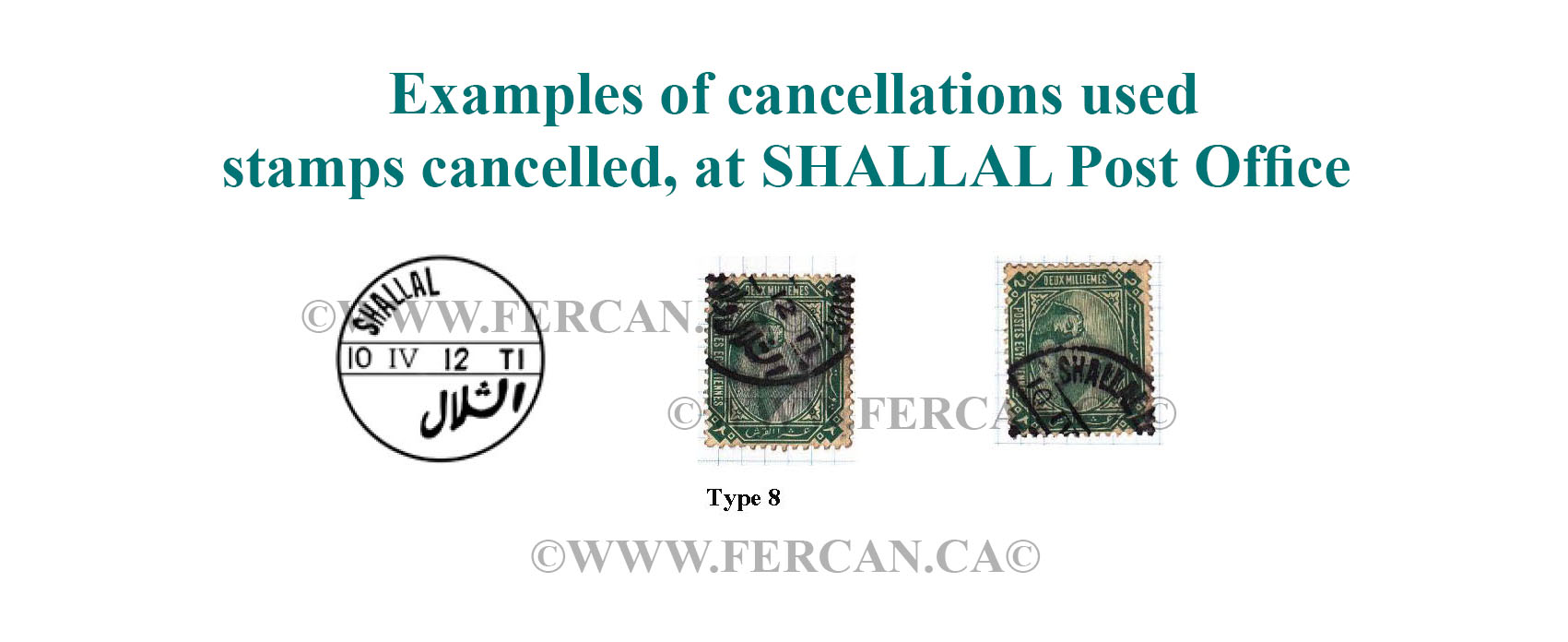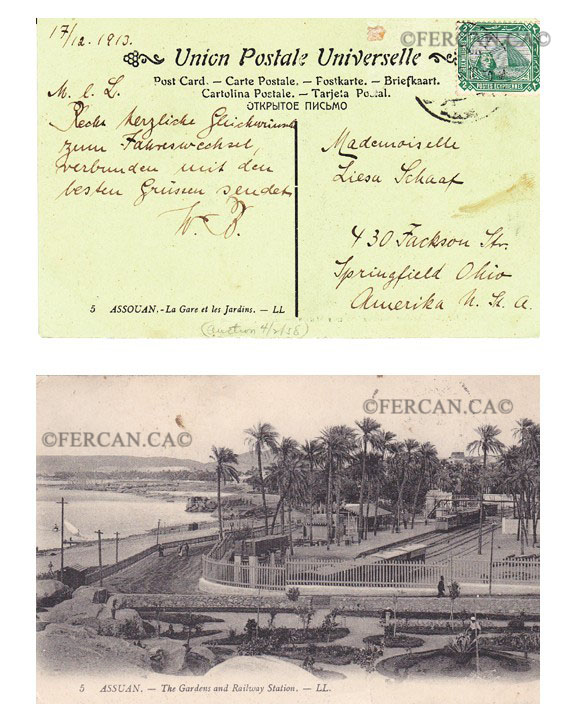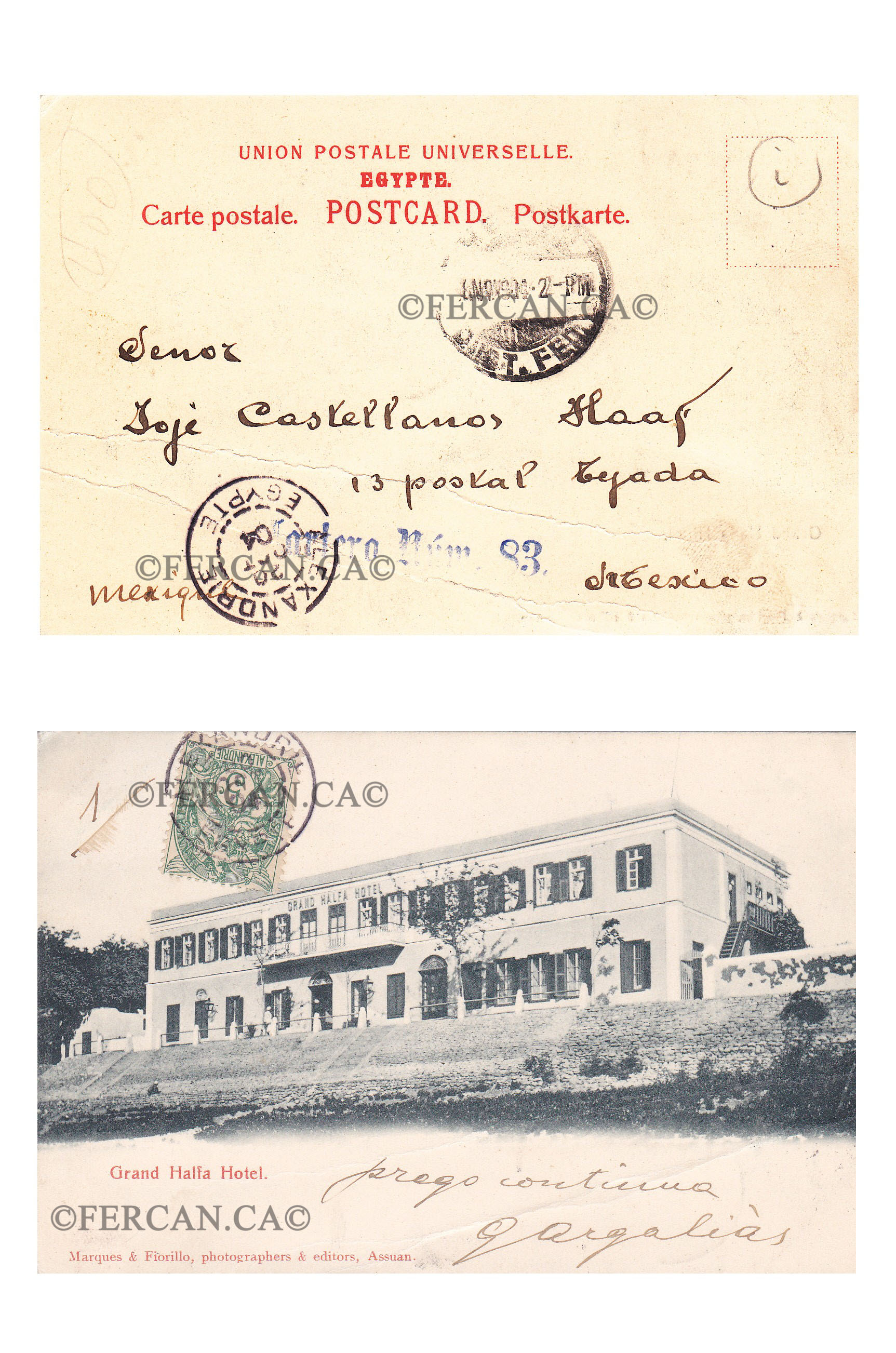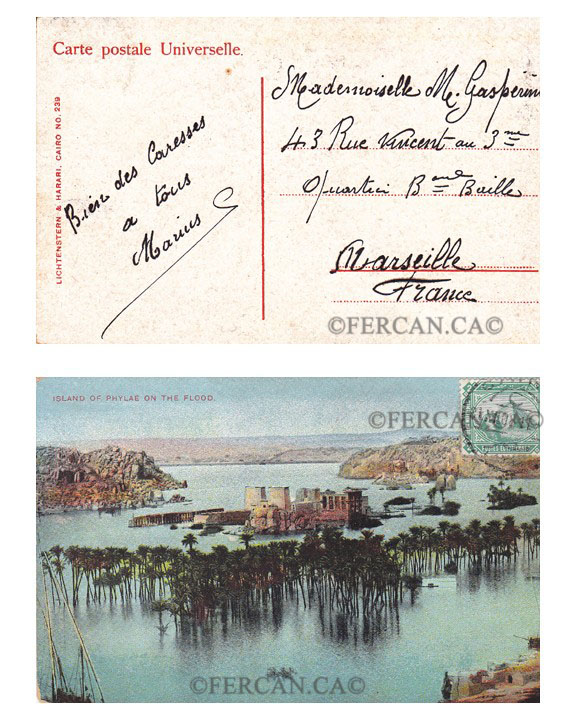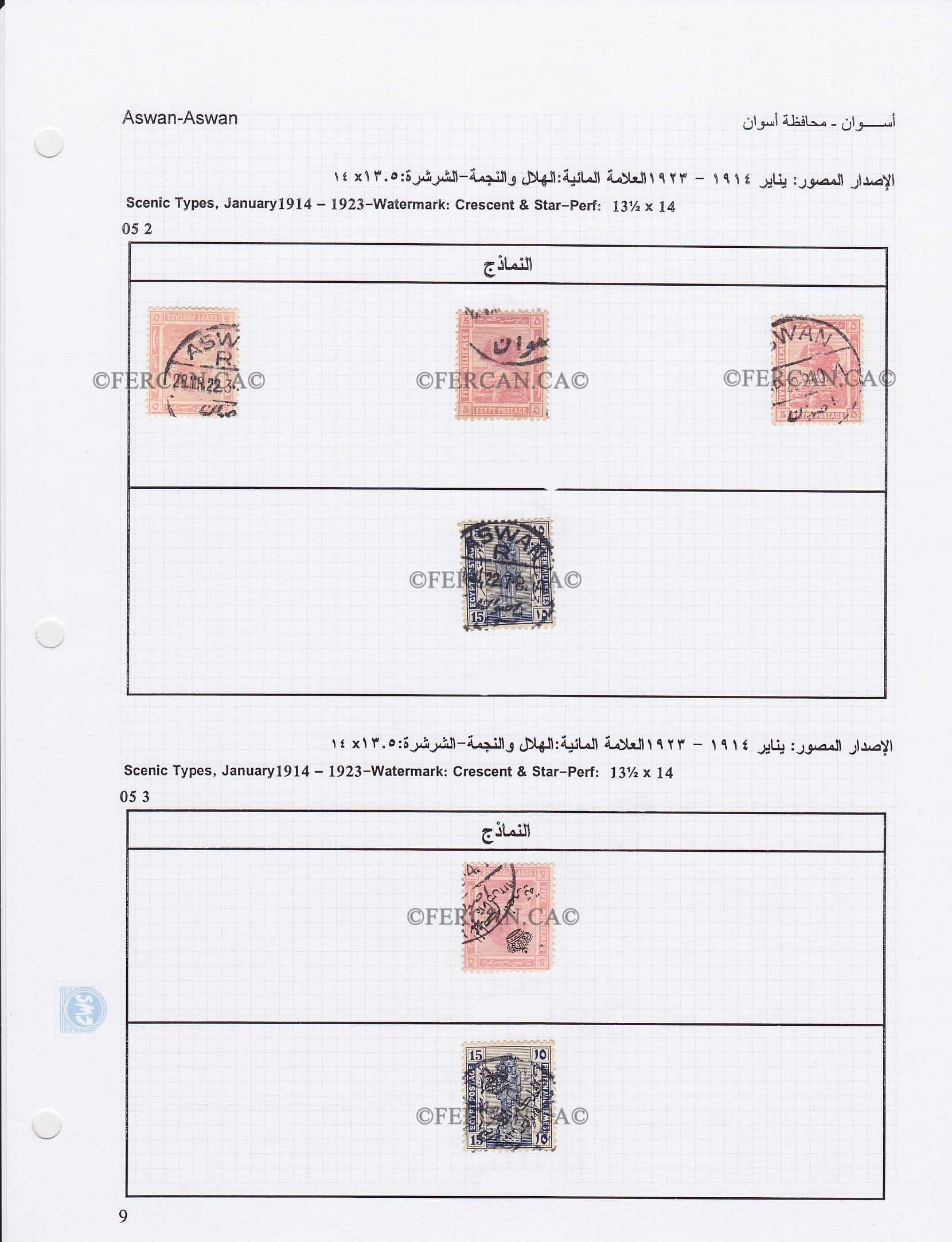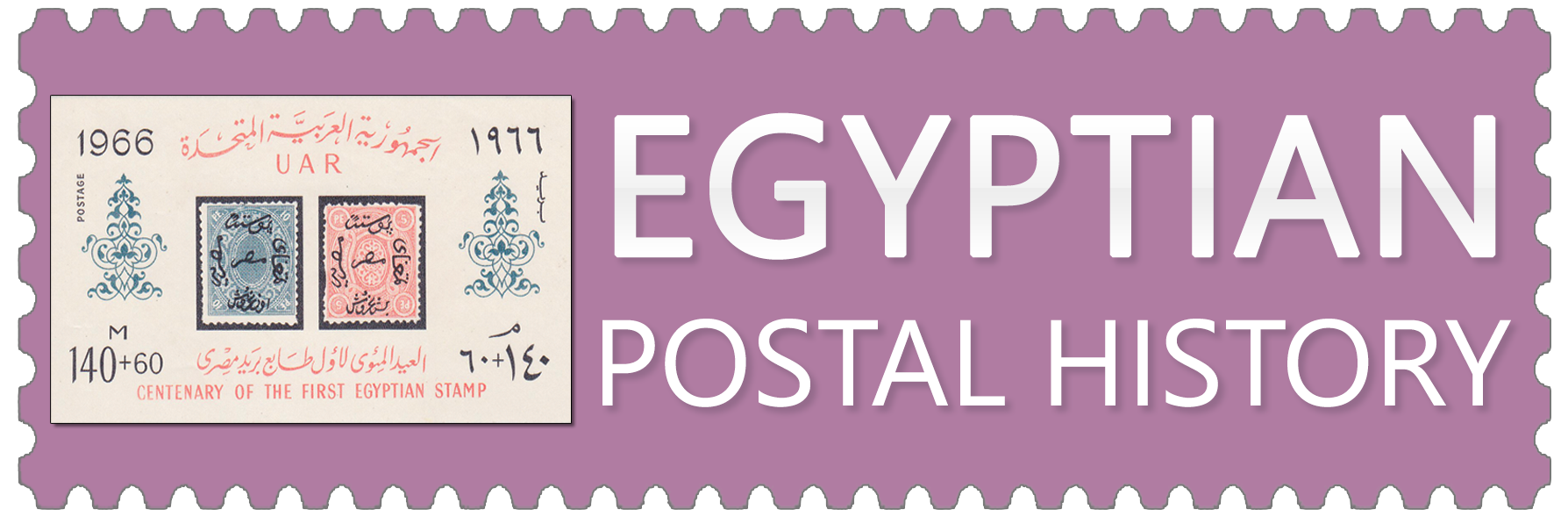Aswan was known as ‘Sono’ during the era of the ancient Egyptians; this name means ‘The Market’ as it was the trade center for caravans coming from and to Nubia. In the Ptolemaic period it was called ‘Seen,’ then the Nubians named it ‘Yepa Swan’. It was also known as the country of gold because it was a large treasury or cemetery of the kings of Nubia, who lived there thousands of years ago. The limits of Aswan were extended, before the migration, from Isna in the east to the borders of Sudan in the south. Its population was Nubian, but after the Islamic conquest of Nubia it was occupied by some Arab tribes.
Elephantine Island is located off the city of Aswan. It was known in Egyptian texts as ‘Abu,’ which means The Tooth of the Elephant. In the Greek language it was called Elephantine, as it is believed that it was, at one time, a center for the ivory trade. The island includes Khnum Temple, as well as a measure of the depth of the Nile, the Holy Ram Cemetery, the gate of King Amenhotep II, and Trinity Sataat.
• The Aga Khan Cemetery is situated on a plateau on the west bank of the River Nile, opposite the southern part of the plant garden. Mohamed Shah Husseini Aga Khan III built a luxurious cemetery of limestone and marble, and he was buried there in 1959, based on his written will. The design of this cemetery was inspired by the cemeteries of the Egyptian Fatimids.
• The Nubian Museum was opened in November 1997, and the presidents of a number of friendly countries participated in the opening ceremony. These presidents also participated in the Save the Monuments of Nubia Campaign. Inside this museum are displayed more than 5,000 artifacts from the antiquities of old Nubia.
Most Important Tourist Attractions
• The island of plants, called the International Tropical Garden.
• Philae Island
• Abu Simbel Temple
• The Tombs of the Nobles, the rulers of Nubia in the old and modern countries

